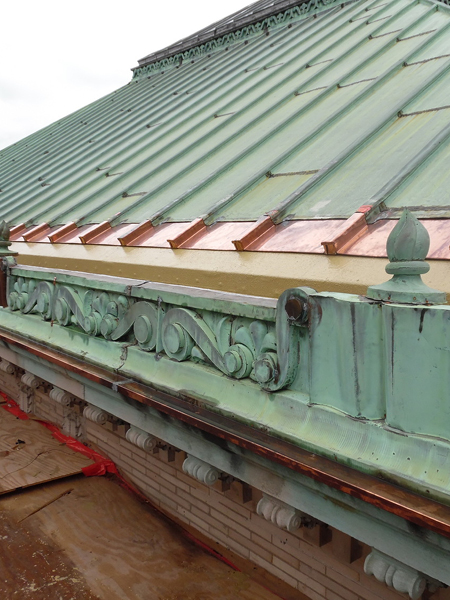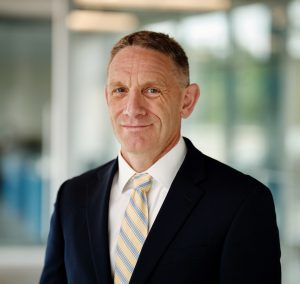Traditional Metal Roofing and Flashing Systems: Assessment, Design, and Repair

For centuries and even millennia, monumental and historically significant buildings have used traditional sheet metal roofing and flashing systems, such as copper, bronze, lead, and zinc. In modern times, avant-garde new construction occasionally uses these systems, as well. Both restoring historic systems and designing new systems with these materials is a complicated combination of art and science, architecture and engineering, and craft and tradition. Technical issues, such as coefficients of thermal expansion and contraction or corrosion of dissimilar metals, converge with time-honored traditional details and craft, such as the skilled, steady hand of an experienced craftsperson needed to “fully sweat” a solder joint in a flat-locked copper seam. In this webinar, we will discuss the art and science of successfully designing and constructing these traditional sheet metal systems, and explore some lessons learned from our own projects.
LEARNING OBJECTIVES
After attending this seminar, participants will be able to:
- Understand what sheet metal roofing and flashing systems are appropriate for various conditions.
- Identify typical materials and assemblies for sheet metal roofing and flashing systems.
- Identify common problems in various sheet metal roofing and flashing systems.
- Describe various repair or replacement design approaches to address common problems, such as corrosion, inadequate provision for thermal expansion and contraction, and leakage.
Participants will earn 1 AIA CES Learning Unit (LU/HSW) for attending the webinar. Registration is free. Please note that space is limited – email events@sgh.com to join our waitlist if the session is closed when you register.
